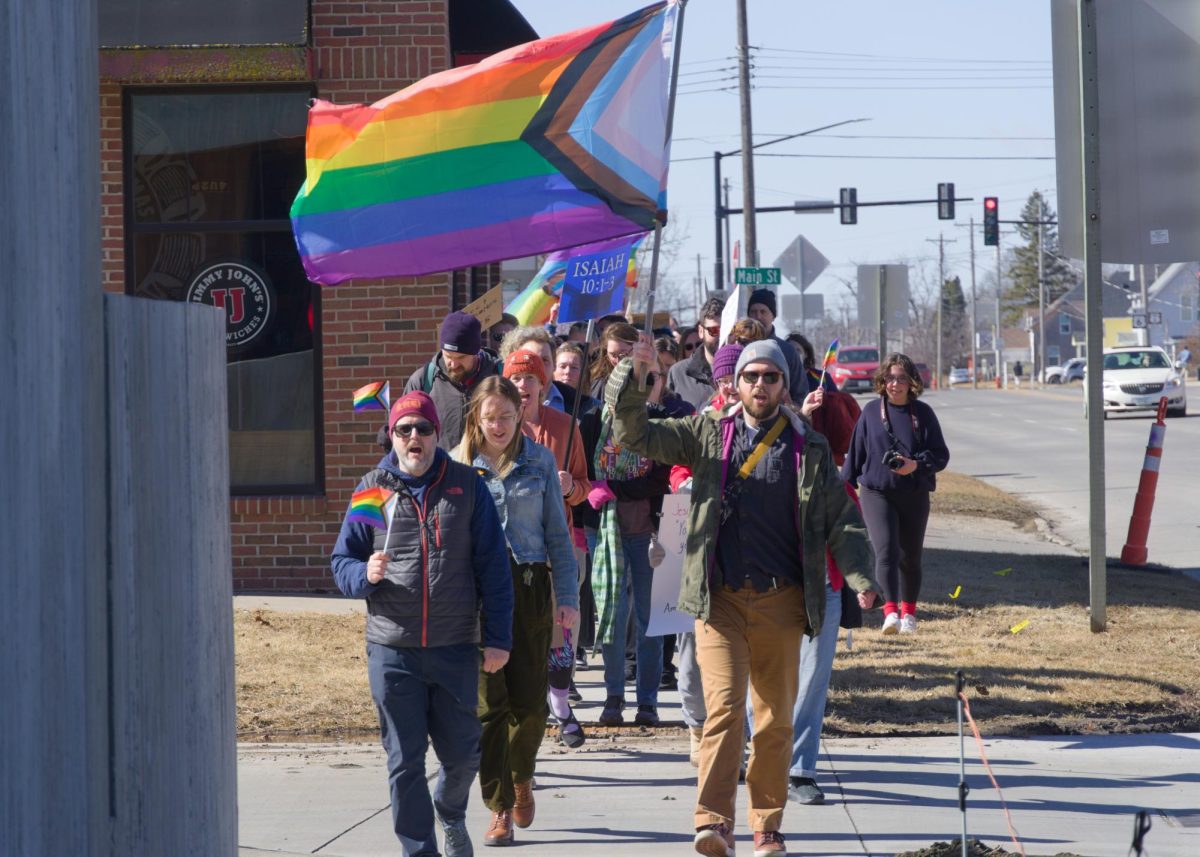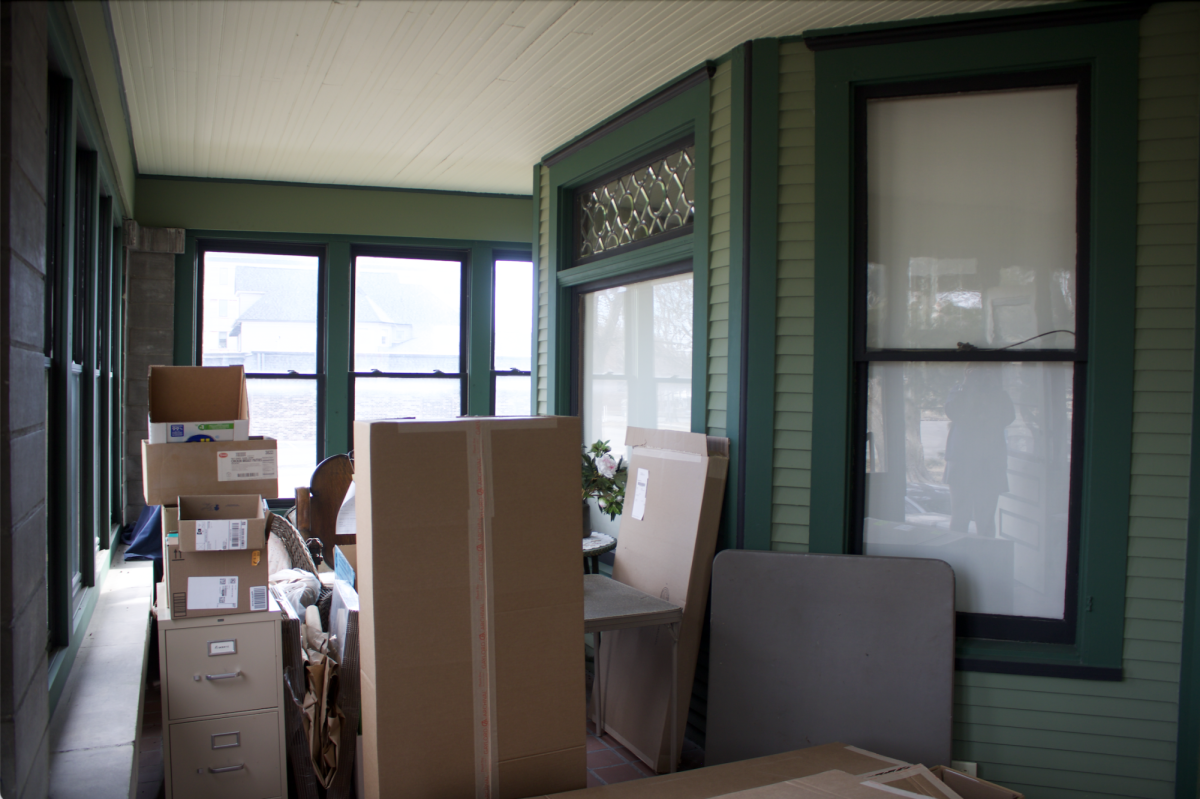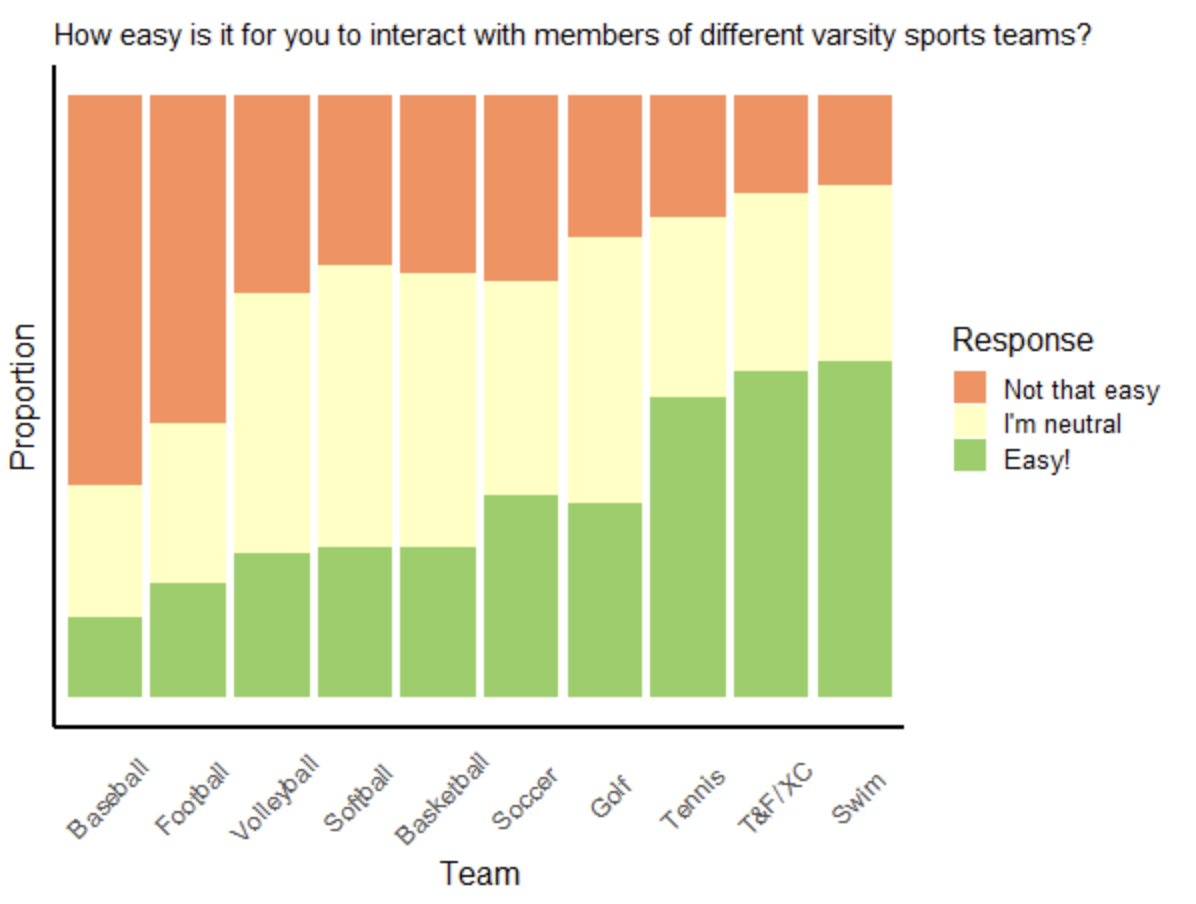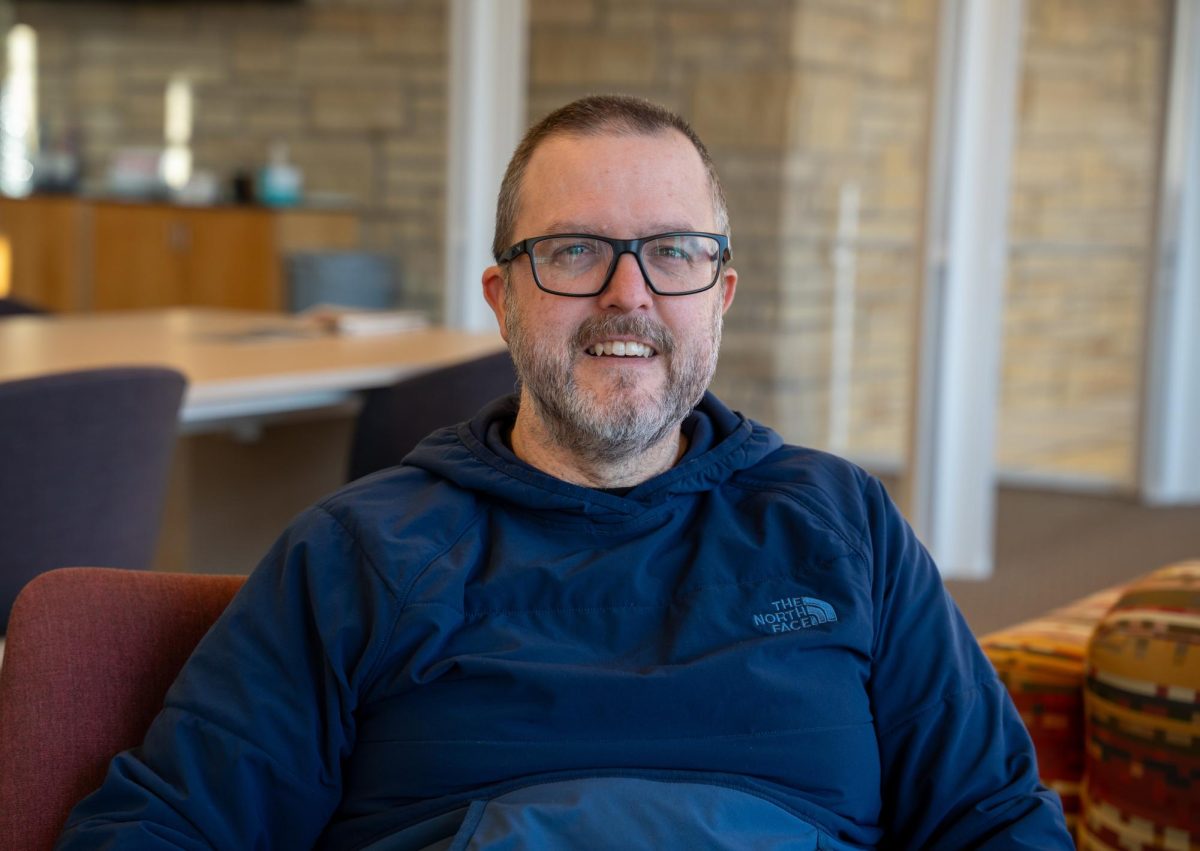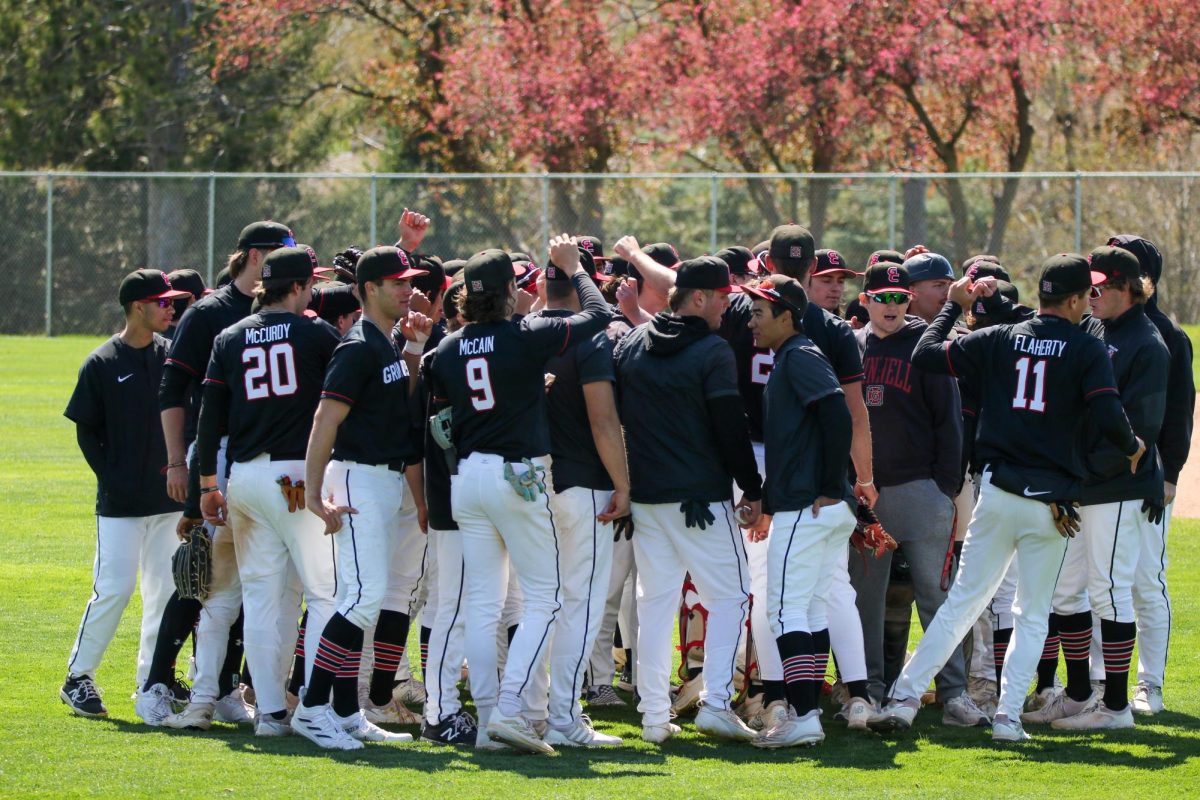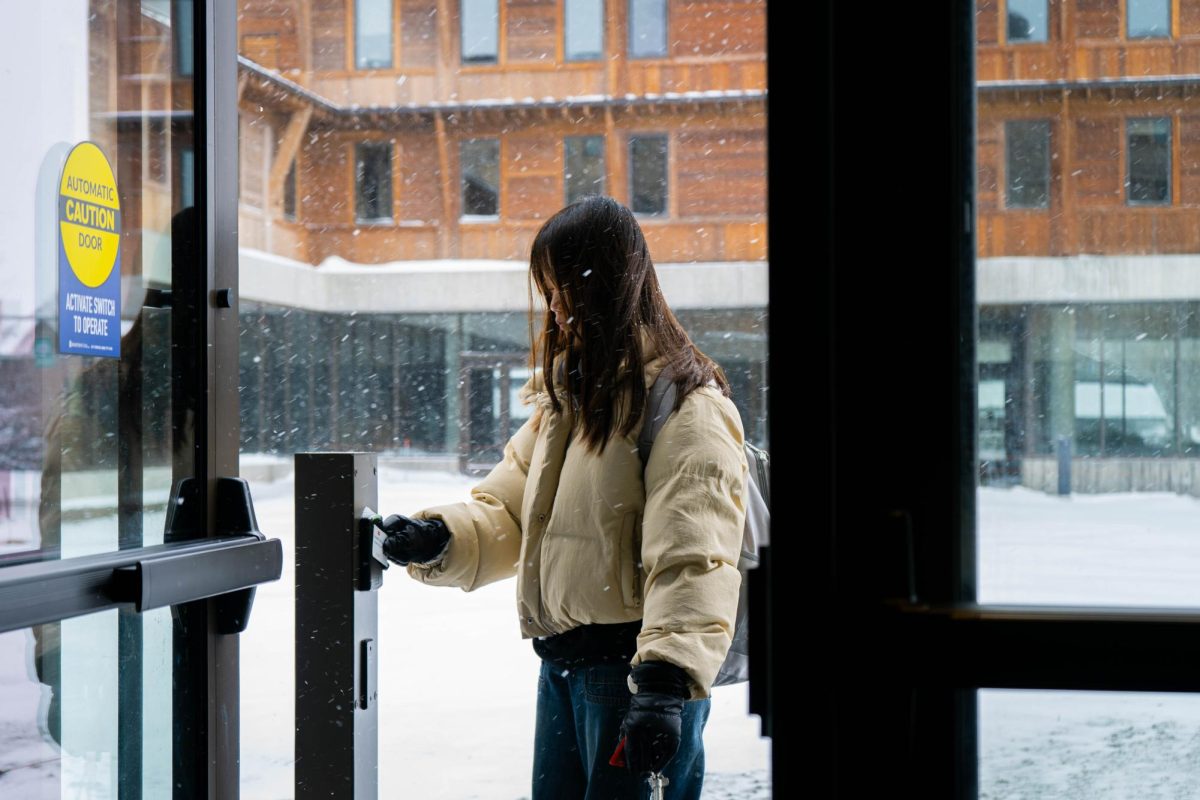
For those of us on the outside looking in, the saga of Standing Rock seems to be nearing its end. On Feb. 23, the Oceti Sakowin Camp, the largest of the camps on the Standing Rock Lakota reservation, was destroyed by a militarized police force. The native activists purposefully burned down their sacred sweat lodges and other structures, creating an eerie scene of smoke and flames as they left the encampment that they had called home since August. Yet, while this chapter may have ended, the water protectors, as they call themselves, insist that this fight was only the beginning of a larger movement to end corporate exploitation of our land’s people and resources.
To explain their struggle and strategize about the next steps, several faculty members and students organized a multi-day workshop which brought in activists from the Standing Rock camps and from all around the nation. As part of this larger event, a panel was formed on the night of February 27 to field questions from the community, and the next day several of the activists led a public workshop on nonviolent resistance.
“They’re arguably the most successful nonviolent social movement we’ve seen since the civil rights,” said Tim Dobe, religious studies, who helped organize the week’s events. “It’s a movement that’s reached a real critical consciousness, that seems to make it important for people to know about them here.”
The College has already hosted many speakers and activists from anti-Dakota Access Pipeline (DAPL) sites, and several students even went up to Standing Rock earlier this fall in order to bring food and supplies to the protestors. Turnout was large for the panel as well, with Herrick Chapel filled to its back pews with students and community members. The panel itself spanned the whole stage, with over a dozen panelists telling their stories, explaining their work and answering questions from the congregants.
“The number of people, kind of on this mass movement idea, this was meant to build networks amongst folks who were already doing this kind of work…once they [develop] shared strategies and a shared conversation, that might build the base for something bigger,” Dobe said.
The panel was opened by Cheryl Angel, who offered a prayer in both English and Lakota which reflected on both the successes of the Standing Rock movement, as well as the sorrow that has gripped the activists since the breakup of the camps and President Trump’s announcement that DAPL would continue as originally scheduled.
“We indeed are blessed, for that I give you thanks Creator, for the months we stood together, doing whatever we can to keep the fight for Standing Rock strong. Creator, I thank you for all the people you brought, for the ten-thousand people plus … for all the lessons that we learned, for those things that made us stronger. These things came with tears, but I thank you, because you taught us how to be strong,” Angel said.
The decision to bring the activists to the College was unrelated to the current student-led campaign to divest from fossil fuels and DAPL, but the topic was quickly introduced into the conversation. Tribal historian Ladonna Brave Bull Allard, explained her own efforts to compel cities, businesses and institutions to divest from fossil fuels, and especially from DAPL. Her comments were greeted with a loud applause from the audience and shouts of “Divest Grinnell!”
“We pushed [the divest movement] across the United States and the world. We bought a billboard in Times Square, in Seattle, in Los Angeles, asking people to divest … the last I looked … 49 billion dollars of individual accounts have divested from banks that support the pipelines,” Allard explained.
Although the movement was indigenous-led, the activists stressed that the issues confronted by the Standing Rock Tribe now are issues that have universal reach. They call themselves “water protectors,” both after their efforts to protect the water of the Lakota reservation from a potential pipeline breakage, but also because they strive to defend all of the earth’s water sources from pollution. Several times during both the talk and the following day’s workshop, the water crisis in Flint, Michigan was referenced as another example of how corporate and governmental greed can poison a community’s water. Some activists even jokingly suggested during a workshop session that they should invoke a “citizen’s eminent domain” to build a freshwater pipeline to Flint.
“The water is bringing us together, the water is reminding us that we are all one people,” said Genova Izquierda, a member of the Indigenous Youth Council who participated in the workshop. “In 100 plus years, it’s the first time that so many nations have come together … people are remembering why it’s so important to be able to just drink water.”
Part of the reason the activists and indigenous leaders agreed to come here was due to the College’s own geographical proximity to what many perceive to be the next chapter in the fight against DAPL. The pipeline has currently finished its construction phase, but is now in legal limbo over whether there were eminent domain abuses. The case will soon be heard in the Iowa Supreme Court and may even proceed up to the highest court in the land. But in the meantime, activists are setting up another camp in an Iowa location near the pipeline, as they hope to continue the grassroots momentum into this state.
“It’s one pipeline and we need to fight it on many different fronts. The pipeline is done in Iowa now, but there are still many ways that we can combat it here. So we’ve set a camp up … but this camp is a think-tank, I like to call it, not just an action camp. Because we have to start looking at the larger picture … these conglomerates, these oil giants, these one-percenters, the only reason they are in these positions is because we give them our money. And we have so much more power than we realize — as consumers, as organizers, as advocates, as activists, as human beings,” said Stephanie Snow ‘03, a Meskwaki activist for indigenous rights.




